|
With ever increasing grocery prices in supermarkets growing your own vegetables could save you a bundle of cash. However tight the growing area around your home is, there is always space to grow a few vegetables. Lettuce fresh from your own "plot" is tasty, convenient, cheap and easy to grow.
Good Old Lettuce Having written an easy to follow article, How to grow radishes from seed, I thought I would share my knowledge of growing lettuces. Lettuce is a fairly easy vegetable to grow. They may not grow quite as quickly as radishes but they are not far behind. In the UK when I was a child in the fifties and sixties most salads consisted of lettuce, tomatoes, cucumber, onions and some protein such as meat and or eggs. The lettuce was always a plain old common or garden lettuce; no such thing as iceberg lettuce for us. But these days we all tend to enjoy raw peppers, mushrooms, celery and various varieties of lettuce, plus a multitude of other veg in a salad. So grab a cheap packet of seeds and let's get going We decided to grow a small selection of salad vegetables in our tiny back garden. Due to the lack of space we decided on radishes, spring onions and lettuce but later added a few potatoes. These potatoes were ones that had been left in the cupboard too long and had sprouted. All of these vegetables have been grown in medium or large plastic trugs and a couple of wooden boxes. The cost has been minimal. One problem with the seeds was that we purchased them late in the UK growing season. We had some carrot seeds but have left those for next year. Remember, if you buy a packet of seeds, to check the best-before or use-by-date. Out of date seeds may still grow but there are no guarantees. Usually this season's packet seeds will be fine for a couple of years but it is best to check. Our seeds were bought cheaply from a local supermarket and so was the compost. We do have two composters in the garden but we decided that in general the compost in these was too strong for seeds. If you have never grown any vegetables before choose the easiest version to grow. This may be a Cos variety of lettuce. Once you are more confident try other varieties. So you have the seeds, what now? What we found with our lettuce seeds was that they were tiny and fine. This can mean that the seeds will be unevenly distributed in the soil or compost. If you are careful though this does not have to happen. If this does happen you will need to prick out and separate the seedlings when they are strong enough to move, discarding any that look too weak to survive. On the whole though lettuce are not happy being moved. The best plan is to sow the seeds very thinly in the first place and avoid the need to prick out or move seedlings. Cover the sown seeds with around a 1/2 inch depth of compost or soil. Additional Tips
Depending on the weather, lettuce takes a couple of months to grow from seed. Varieties of lettuce
0 Comments
Leave a Reply. |
Archives
March 2017
Categories
All
|


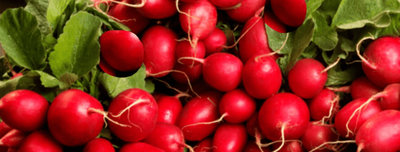
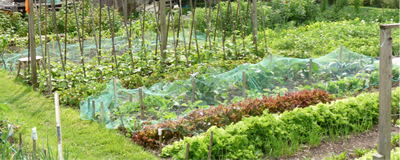
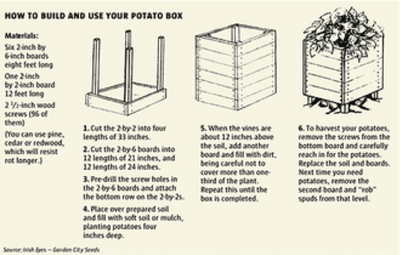
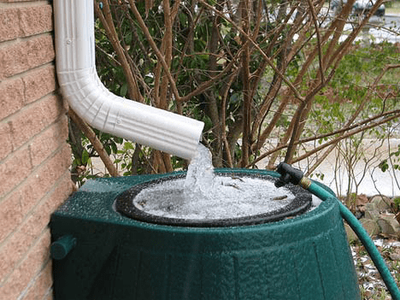

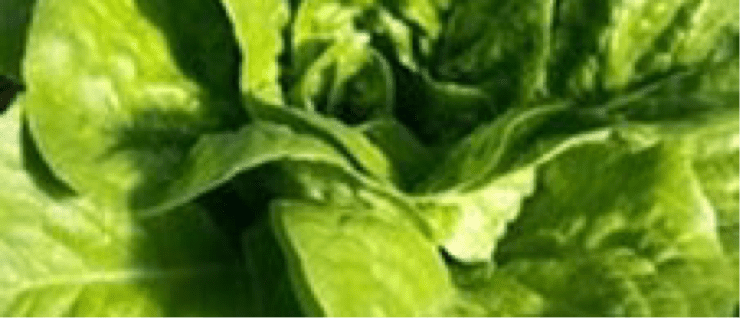
 RSS Feed
RSS Feed




